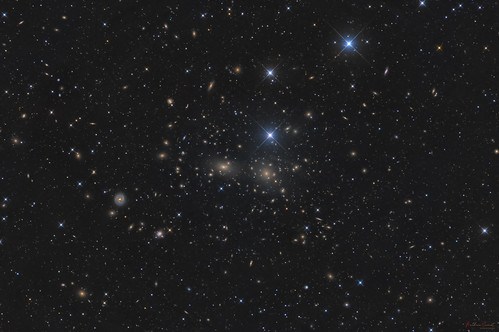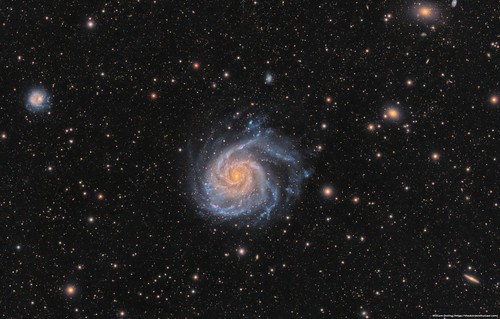Moon and Venus met under the heart of the Milky Way in Chile
Copyright : Maxime Oudoux
https://maximeoudouxphotographie.fr
Here, in Chile, the central bulge of our galaxy rises at the end of the night almost vertically. We can observe all the dark structures (interstellar gas and dust) that travel through our galaxy for hundreds of light years. Some red nebulae also stand out, but the whole remains "discreet" in the face of the power of the light of the Moon.
It illuminated a desolate, desert, even "Martian" ground where only a few cacti and a few small shrubs manage to survive in this dry climate and scorched by the sun during the day. The floor, almost monochromatic, took on a rather surprising "caramel" color.
To the left of the Moon, Venus was also shining brightly. As it rose behind the mountain in the distance, its brilliance appeared suddenly, like an explosion at the top.
On the horizon, the sky was filled with airglow (natural phenomenon of chemiluminescence in the upper layers of the atmosphere), which gives this cyan / green hue.
On the processing side, this image was not easy to handle. The moon produces a powerful gradient in the sky that must be mastered... the colors are also difficult to work with without disfiguring everything.
The rendering here is quite neutral because the image appears in my series "The Colors of the Night" where the work of reproducing the nocturnal atmosphere - while bringing aesthetics - is important and respected.
Only 8s of exposure time for the whole image: no stacking or several different exposure times.
Nikon D750 Astrodon
Samyang 35mm f/1.4 AS UMC
Panoramic head Nodal Ninja VI RD-16
Benro Tripod
Panoramic of 35 images
All the images were taken in the same place, at the same time, with the same settings
8s, 35mm, ISO4000, f/2.8
Processing, assembly and retouching on DxO Photolab 5, AutoPano Giga 4.4.2, Photoshop CC 2022

















